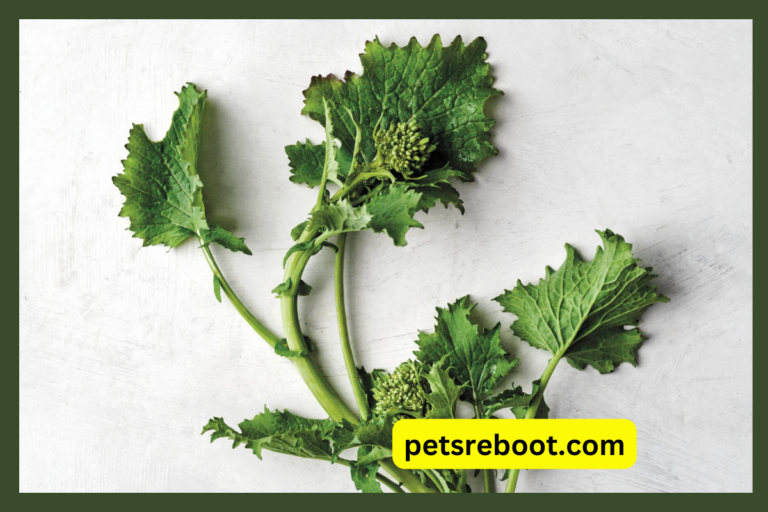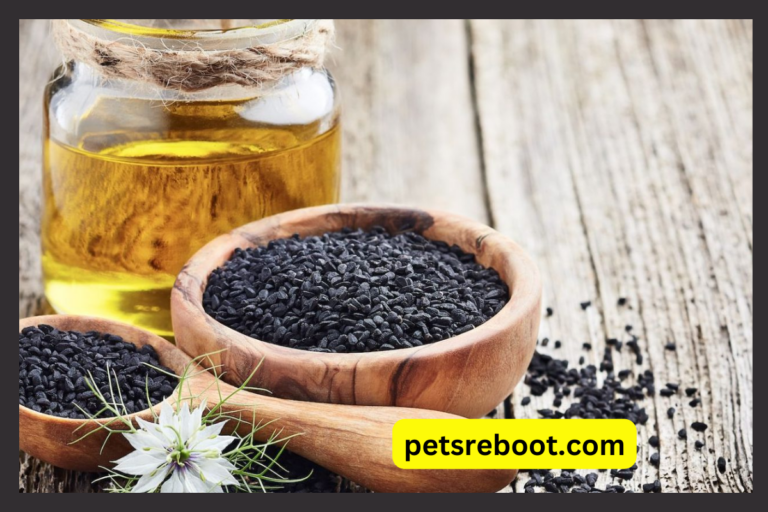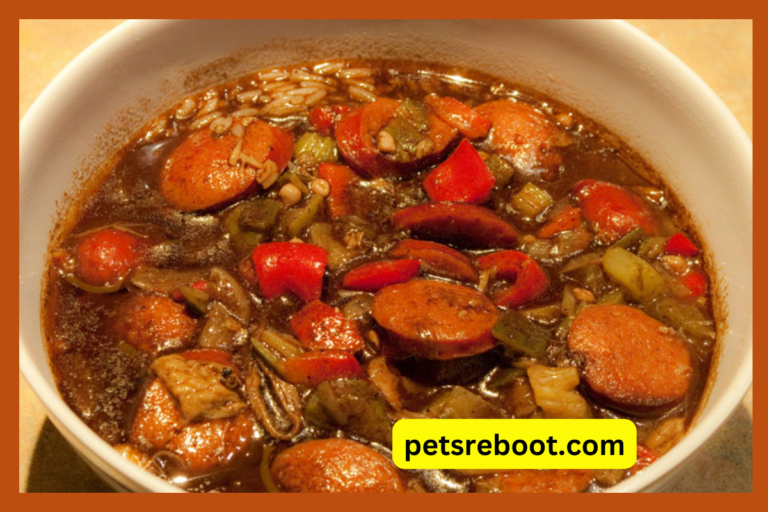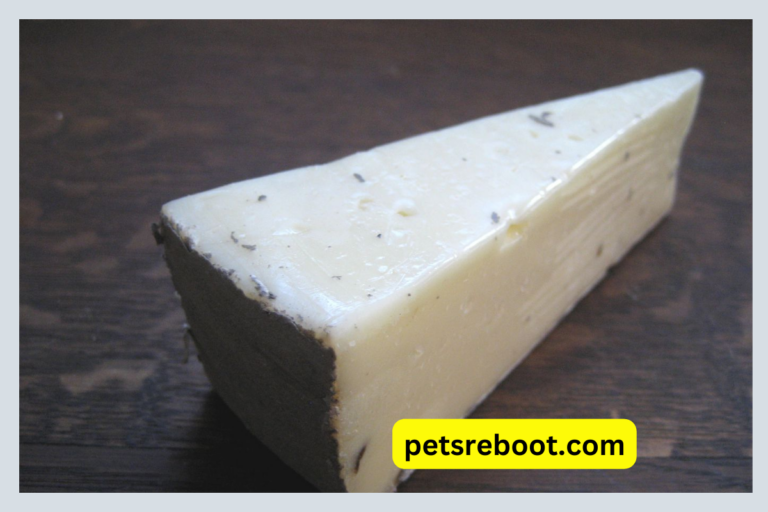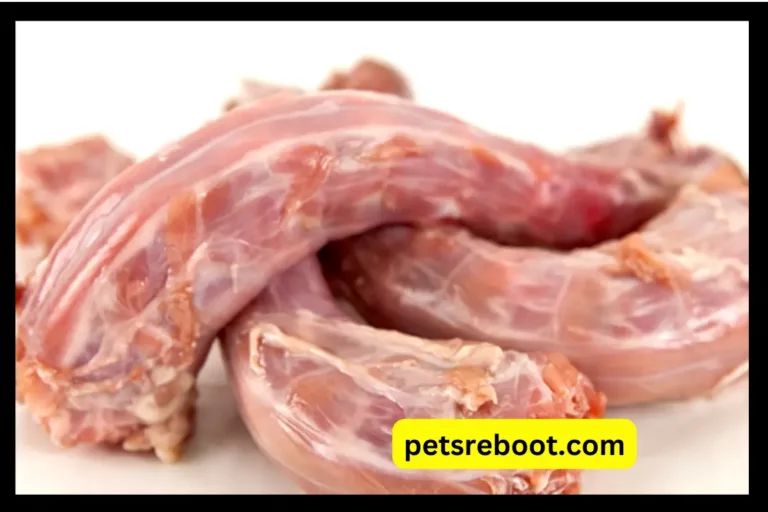Can Dogs Eat Farro?
When it comes to sharing your dinner with your furry friend, you might find yourself asking, “Can dogs eat farro?” It’s a great question, especially since we all want to keep our pets healthy and happy. Let’s dive into what farro is, if it’s safe for dogs, and how it can be included in their diet.
What is Farro?
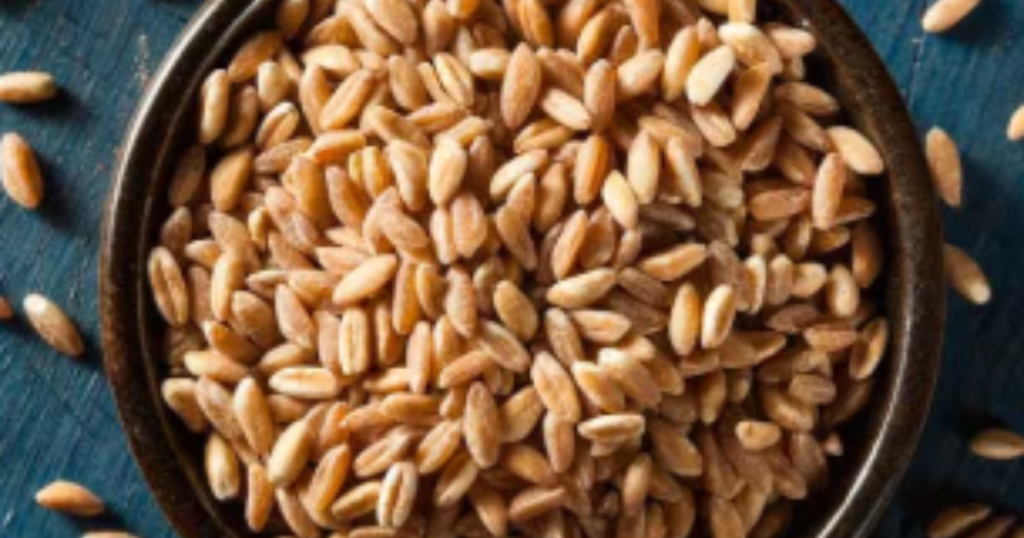
Farro is a type of whole grain similar to barley and wheat. It’s packed with fiber, protein, and various vitamins and minerals, making it a popular choice for health-conscious people. But when it comes to our canine companions, the rules can be a bit different.
Can Dogs Have Farro?
Yes, dogs can eat farro. In fact, it can be a healthy addition to their diet if given in moderation. Farro is rich in nutrients that can benefit a dog, such as complex carbohydrates for energy and fiber which aids in digestion. It also has protein and various essential vitamins and minerals like magnesium, zinc, and some B vitamins.
Related post: Can Dogs Eat Powdered Sugar Donuts?
How to Serve Farro to Your Dog
If you’ve decided to introduce farro into your dog’s diet, it’s important to do it the right way. Here’s how you can safely serve farro to your dog:
- Cook It Well: Always serve farro cooked and plain. Uncooked farro can be hard to digest for dogs, and any added spices or sauces commonly used in human dishes can be harmful to your pet.
- Start Small: Begin by giving your dog a small amount of farro to see how they handle it. It’s always best to introduce any new food slowly to avoid digestive upset.
- Mix With Their Regular Food: You can mix some cooked farro into your dog’s regular dog food. This can help them get used to the new texture and taste gradually.
Related blog post: Do Dogs Eat Freeze-Dried Skittles?
Things to Consider
While farro can be a healthy snack or meal addition for dogs, there are a few things you should keep in mind:
- Allergies and Sensitivities: Just like humans, dogs can have allergies. If your dog has never had farro before, watch for any signs of an allergic reaction, such as itching, swelling, or gastrointestinal upset.
- Carbohydrate Content: Farro is a high-carbohydrate food, so it should be given in moderation, especially if your dog is overweight or has diabetes.
- Whole Grains vs. Refined Grains: Farro is a whole grain, which is generally better than refined grains because it provides more nutrients and fiber. However, too much of any grain can lead to weight gain in dogs.
Final Thoughts
So, can dogs eat farro? Yes, they can! It’s a nutritious food that can offer some variety and extra nutrients to your dog’s diet. Just remember to serve it cooked and plain, introduce it slowly, and monitor how your dog reacts to it. As always, if you have any concerns about introducing new foods to your dog’s diet, it’s a good idea to consult with your vet. They can provide guidance based on your dog’s specific health needs and dietary requirements. Happy feeding!


